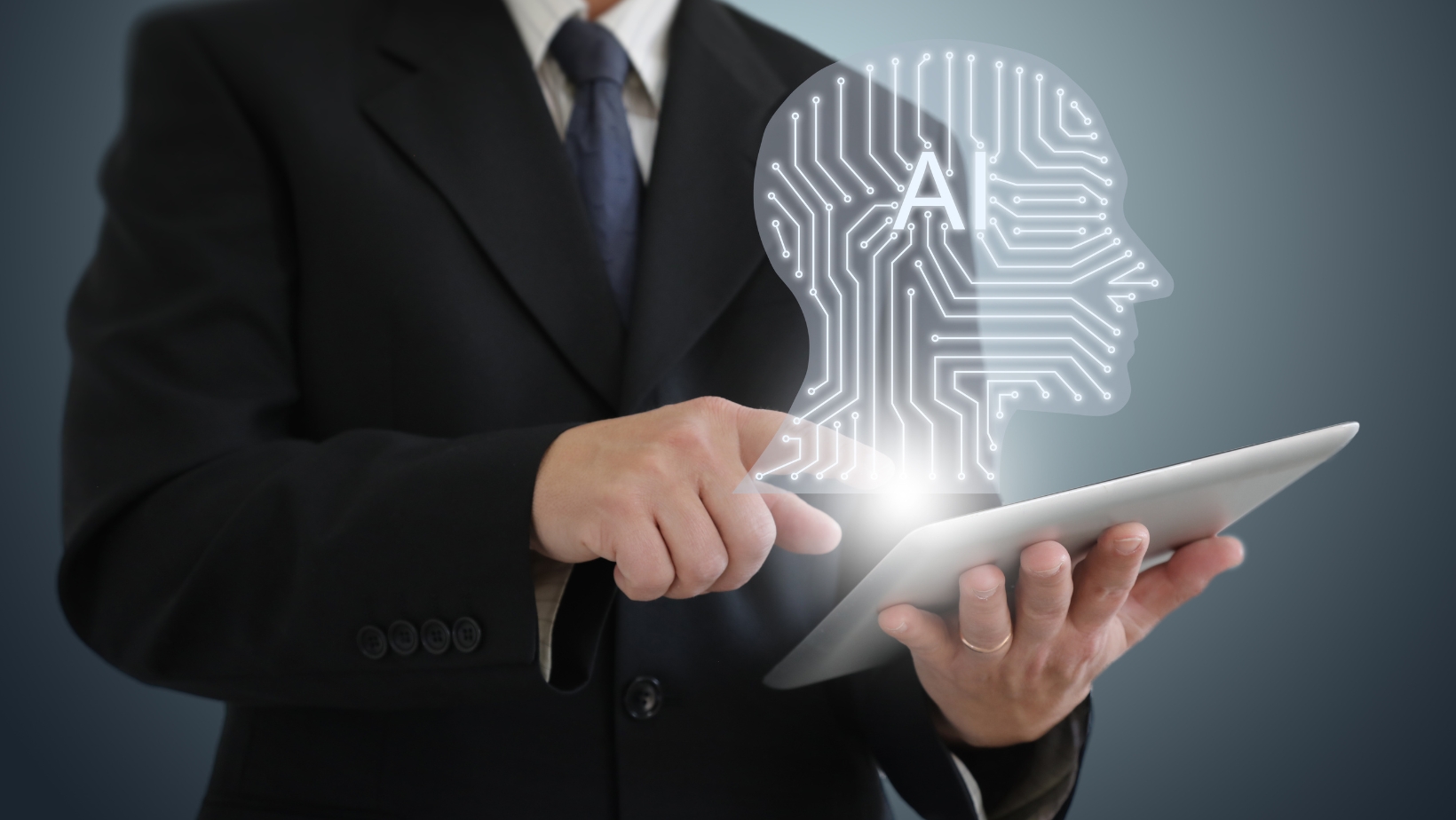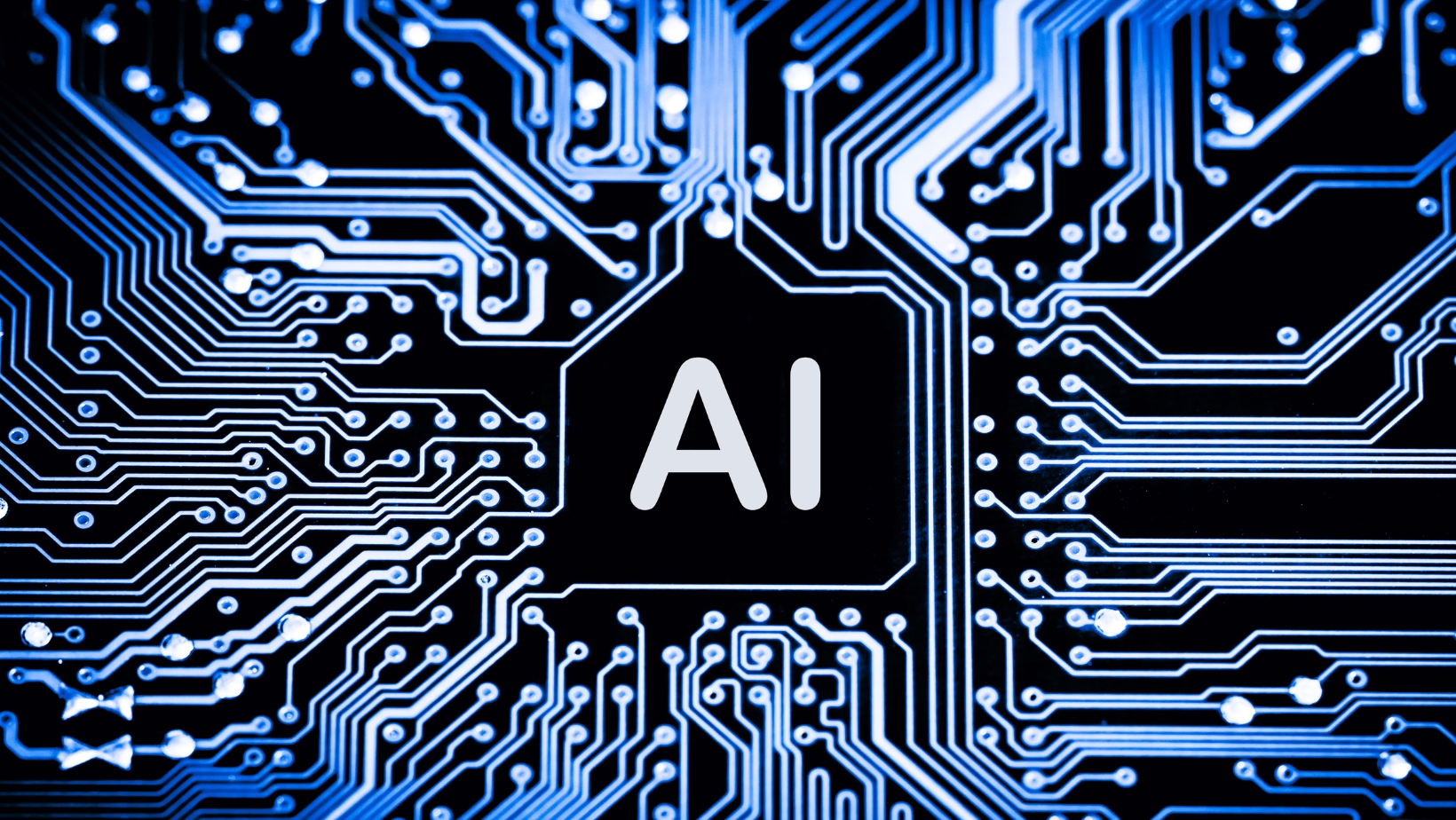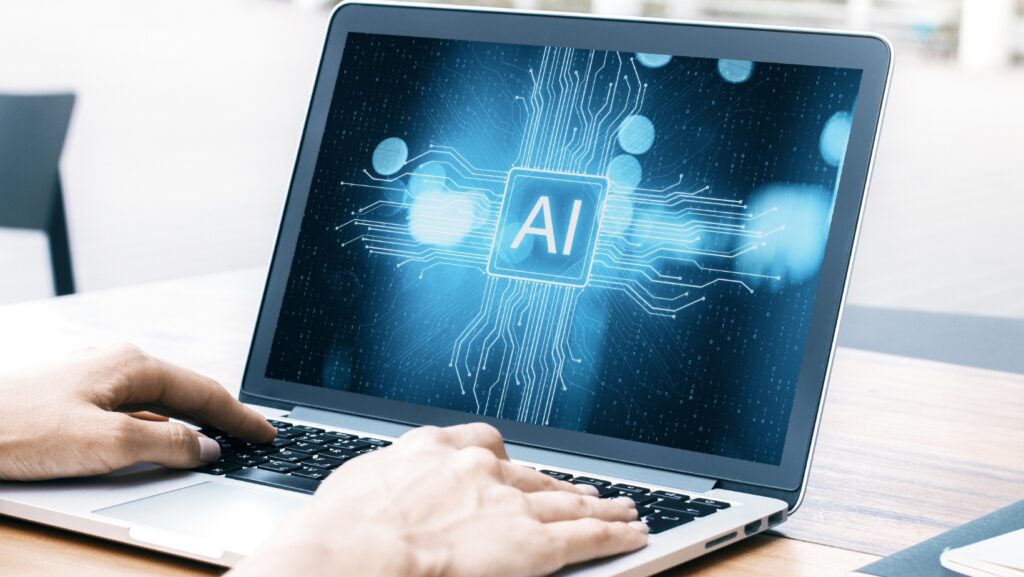Artificial intelligence is all the rage in 2025, driving innovations across the board. The gaming, finance, banking, and cybersecurity industries lead this new revolution with several AI-powered tools. Creatives, learning institutions, and healthcare facilities are also leveraging AI’s massive analytical capacity to recognize patterns and personalize services. Almost every novel tech product or service features AI capabilities, which enhance user experience across various industries. Here’s an overview of Industrial AI integration and companies leveraging AI in their new products:
AI Industrial Integration
Artificial intelligence can analyze large volumes of data within a relatively short time, providing summaries and insights for data-backed decision-making. AI also enables process automation and helps in pattern recognition and personalization of many services, including customer support. Manufacturers use AI to streamline production and assess system performance. They also use it to forecast upcoming maintenance and automate scheduling, which helps reduce downtimes. AI tools are also becoming indispensable in gaming, as they aid fraud detection through pattern recognition while allowing the personalization of player experiences and support.
Players don’t have to spend hours looking for the best casino games, thanks to personalized recommendations. AI recognizes patterns from the types of slots, table games, and live dealer shows players explore regularly to determine what impresses each individual.

In the supply chain, AI tools optimize inventory management and forecast demand based on records and trends. AI is also used in finance, education, and other industries to analyze metrics for data-backed decision-making.
Apple’s AI-Powered iPad Air
Apple recently launched the new iPad Air, introducing various features, including an M3 chip designed to take advantage of AI capabilities. The chip features advanced machine-learning capabilities that expedite content creation, game development, and real-time language translation. M3 also enhances photo and video editing and supports augmented reality applications. Supported AI features include on-device Siri processing, AI-assisted content creation for students and creatives, and handwriting recognition with Apple Pencil.
Apple also optimized the iPad operating system to leverage AI features for smooth multitasking and enhanced performance when using AI-heavy applications. Other features include AI-powered camera capabilities for content creation and video calls, improved battery life, and an ergonomic Liquid Retina display. The product will be available from March 12 and is expected to compete with other AI-powered tablets.
Patch’s AI-Generated Newsletters
Digital news platform Patch expanded its reach to more than 30,000 US communities after deploying AI-integrated newsletters. The system uses natural language processing to automate newsletter creation, reducing the labor involved in manual news curation. Patch newsletters feature information from trusted sources, starting with in-house content, demonstrating AI’s role in scaling news delivery.
By aggregating news from trusted sources and Patch’s reporting, AI algorithms curate informative summaries customized for different interests and locations. The AI-powered newsletters summarize key highlights of local stories, events, weather, and traffic updates. This allows Patch to serve several towns and cities with limited access to traditional local news coverage. Patch’s AI integration also maintains journalistic integrity while keeping local communities informed and entertained.
Swap’s AI-Powered Logistics Platform
After securing about $40 million to help fund its AI-powered platform, e-commerce logistics startup Swap is ready to leverage the full potential of machine learning. The company intends to make the logistics process as smooth as possible using AI-powered solutions.

In a snapshot, processes like order tracking, shipping goods across the border, and forecasting inventories will be integrated into a single system. This synchronization aims to bring cost-saving and efficiency benefits for merchants.
AI integration enables e-commerce brands to predict demand fluctuations more accurately based on irrefutable data and enhances last-mile delivery. Swap’s system also gives warehouses and businesses access to actionable real-time insights for effortless inventory management. The platform also aims to reduce supply chain delays and disruptions through automation and identifying opportunities for cross-docking. Swap also seeks to minimize delivery delays and automate return policies.
The Future AI Integrations
Many other companies are leveraging AI to enhance their products and services. Amazon’s Alexa+ is an upgraded voice assistant with AI capabilities that can generate dinner recipes, send party invitations, and create children’s bedtime stories. Honot’s UI Agent also uses AI capabilities to understand and interact with on-screen content, enhancing bookings, user experience, and personalization. There’s no doubt AI is here for the long haul and will drive innovations for the coming decades.


